Trip out to the burbs of Buenos Aires and wonder at the 1970’s wonky reality built by a terminally ill Argentine businessman who never gave up.
Driving up to Campanopolis is the anthisis of everything you’d expect to see at the entrance of a medieval village. But then who’d of imagined such a thing even existed in Argentina? The idea is as convoluted as the journey to find it. Occupying a plot of almost 500 acres, it’s still hard to miss this twisted fairytale situated around 30km South-West of Buenos Aires, in the sketchy city of González Catán. Down an unpaved and litter-strewn track beside a villa (slum), the only give-away of what lies ahead – a humble hand painted wooden sign bearing the name of the millionaire’s far fetched dream come true. Welcome to ‘Campanopolis.’
A self-made grocery giant, Alberto Campana found out he had a tumor on his tonsils in 1976. The news energized him to put his business affairs on hold, sell-up and buy a huge plot of green land on which he set about making his fantastical medieval village.
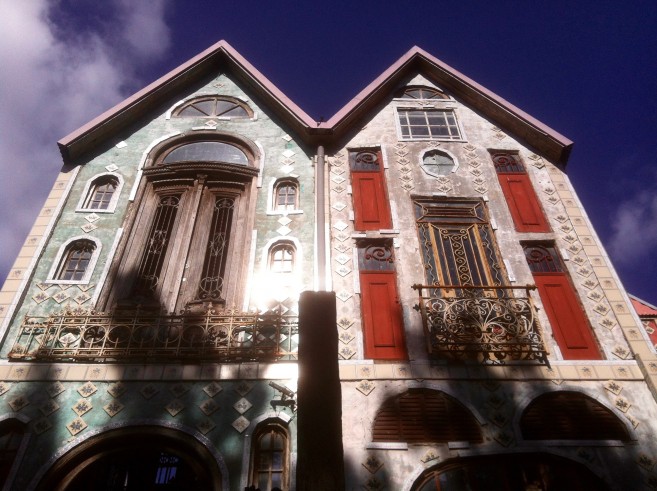
‘This started out like a game,’ Oscar, Campana’s son told The Argentina Independent. ‘He didn’t have a business plan in mind. Each person deals with illnesses in different ways. Campanopolis was his.’ This uniquely styled self-medication saw Campana defying the odds and living on another 20 years, during which time he continued working tirelessly on his topsy-turvy legacy.
It wasn’t without its own dose of drama though. Soon after purchasing, the land was expropriated by the coup driven right wing state and turned into a rubbish dump. This was the start of Argentina’s ‘Dirty War’ and it was several years of legal battles later before Campana could get to work – but not before he unfazedly set about clearing two million cubic meters of waste off the site. Campanopolis was eventually transformed back to his pastoral dream with the planting of over 100,000 trees and shrubs.
Whether by genius, madness or pure ingenuity, the millionaire – with no background in architecture – slaved passionately with his band of local labourers to pull-off an altogether confusing hotch-potch of buildings which make-up the village. It’s hard to fathom what his vision was, none of it makes sense – it is in fact perfectly executed off kilter nonsense. In an almost wry nod to it’s former existence as a dump, the construction grew organically based on what he salvaged and bought at demolition sites.
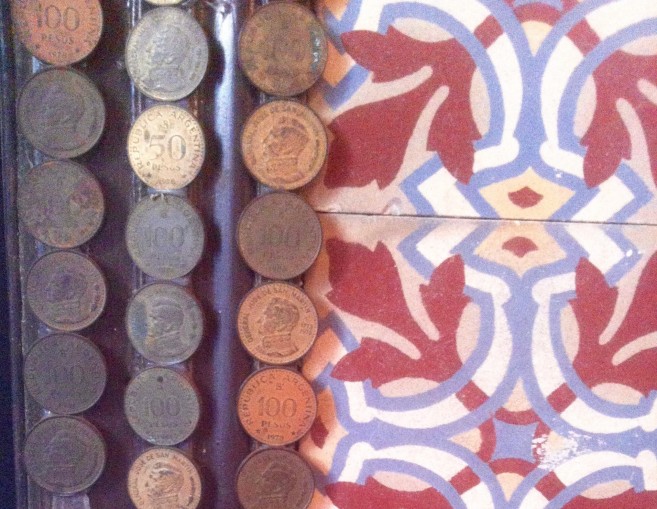
Many of the columns and gates on show hail from the original Galerias Pacifico shopping centre, along with seats from the long gone Güemes cinema. In its own way it’s a bizarre act of preservation according to Campana’s son, ‘Lots of houses were torn down and destroyed or taken to Europe and the United States, this way they remain in Argentina.’
Wondering around, you gradually let go of logical reasoning and open up to the perculiar. Gates hang on walls, a water pump sits on top of a lamp post, a cluster of defunct and dusty typewriters are on show in one room and a series of spiral staircases on the lawn – lead nowhere. It’s a hoarder’s paradise and you get the feeling you’re really snooping into Campana’s unfathomable psyche. One ceiling is dressed with the dismantled diamante-like parts of chandeliers, while mosaic tiles and old peso coins – which sticky fingered tourists have been lifting as souvenirs over the years – flank the walls of another. There’s a building based on the helm of a ship, and well – why not throw in a windmill and a church for good measure? Las Doce casitas del bosque really top things off – an eerie trail of 12 little Hansel and Gretel inspired fairytale houses which sit in a shadowy patch of woodland.
Absurdly, with all that space, Campana and his family never lived here, not even spending the night. In fact, he made it a rule that nobody slept on the premises, which explains why there’s not one bed or object of lounging comfort among the lavish bric-a-brac decor.
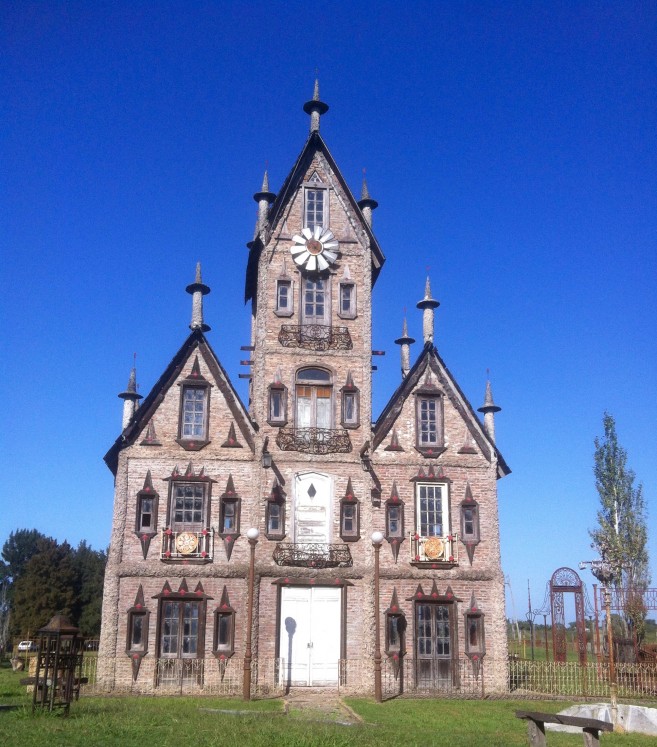
Near to rounding off the tour, train tracks underfoot and antique platform signs lead the visitor to a series of burnt out train carriages. These were the beginnings of Campana’s railway plans, savagely cut-short due to an arson attack and his eventual death in 2008. As you leave the grounds the skeletons of a cluster of half-finished buildings line the path and leave one wondering – where was it all going to end? In an age of giant homogenous towers, Campana still stands as a bastion of non-conformity.
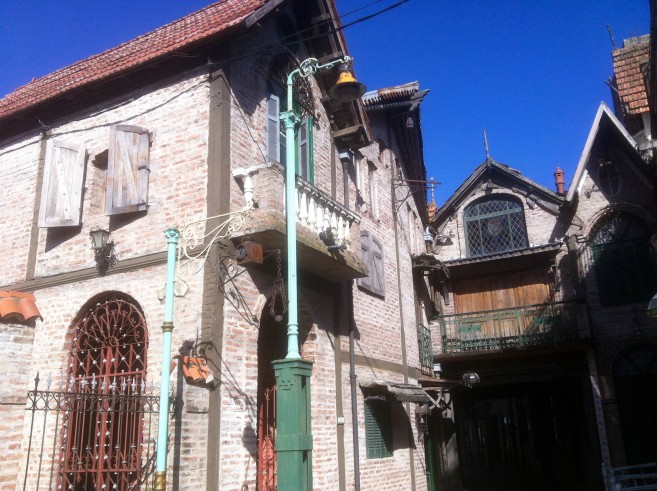
How to see it for yourself
You must buy tickets online in advance, credit card only. Compulsory 90 minute guided tours start at 0900 and visitors have until 1300 (closing time) to explore freely afterwards. Simple picnics are permitted. Only open on Saturdays. Buy tickets here.
There is no direct access by public transport – it’s far off the tourist trail and not advisable to go it alone. If you don’t have access to a local friend or driver to take you, contact Flor De Buenos Aires who organize group tours once a month. +54 1120607986/ 1144187007
Campanopolis also hosts private events; weddings, shoots, company conferences, parties and medieval events.
Sonja D'cruze
Latest posts by Sonja D'cruze (see all)
- BUENOS AIRES’ MEATY FEAST CHAMPIONSHIP - August 29, 2017
- Get the grapes in! Mendoza’s Vendimia Harvest Festival - May 15, 2017
- ARGENTINA’S SILVER LINING - October 6, 2016


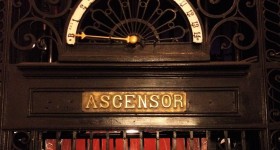 FREEMASONRY AND BUENOS AIRES’ MOST IMPORTANT BUILDINGS
FREEMASONRY AND BUENOS AIRES’ MOST IMPORTANT BUILDINGS 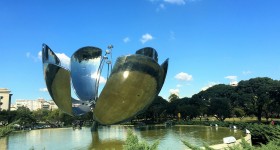 RUN BA RUN
RUN BA RUN 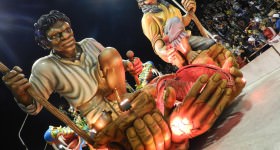 CARNIVAL BEATS GET CULOS ON THE STREET
CARNIVAL BEATS GET CULOS ON THE STREET  TANDIL – READY TO SATISFY YOUR FRESH AIR AND FOODIE NEEDS
TANDIL – READY TO SATISFY YOUR FRESH AIR AND FOODIE NEEDS  Guide to Puerto Madero: BA’s Newest Barrio
Guide to Puerto Madero: BA’s Newest Barrio 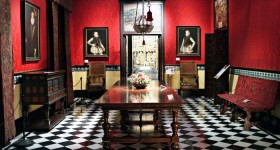 TOP FREE THINGS TO DO IN BUENOS AIRES
TOP FREE THINGS TO DO IN BUENOS AIRES  Argentina Travel Guide to Misiones Province
Argentina Travel Guide to Misiones Province  PHOTO CONTEST: LIVE VENDIMIA HARVEST IN MENDOZA WITH ARGENTO
PHOTO CONTEST: LIVE VENDIMIA HARVEST IN MENDOZA WITH ARGENTO 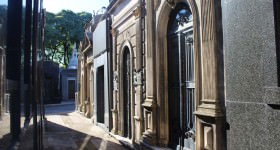 DISCOVERING THE TUCKED AWAY NEIGHBORHOOD OF CHACARITA
DISCOVERING THE TUCKED AWAY NEIGHBORHOOD OF CHACARITA  ARGENTINE SEASONS: GUIDE TO YEAR-ROUND TRAVEL IN ARGENTINA
ARGENTINE SEASONS: GUIDE TO YEAR-ROUND TRAVEL IN ARGENTINA  Own Your Piece of the Dream – Vineyard Sharing in Mendoza
Own Your Piece of the Dream – Vineyard Sharing in Mendoza